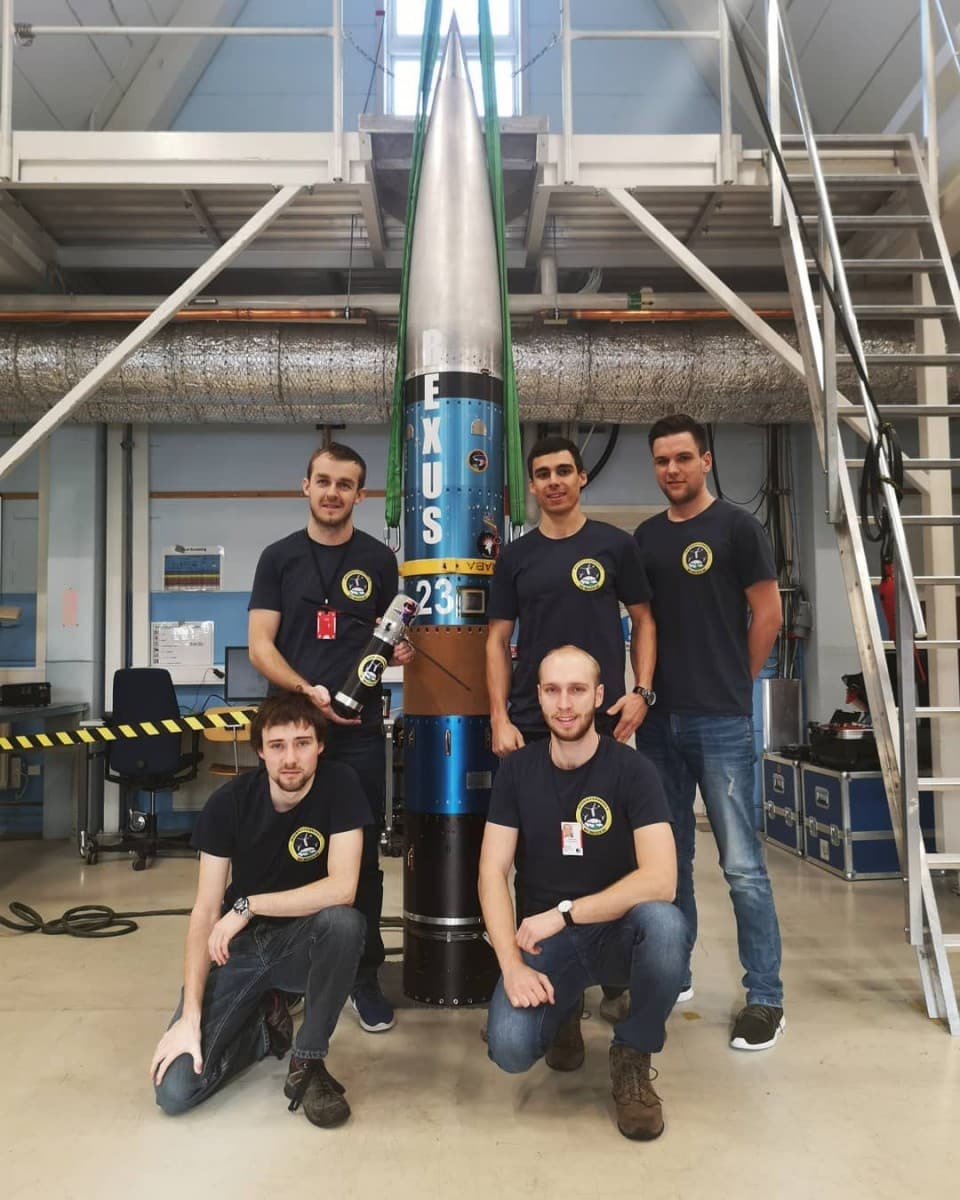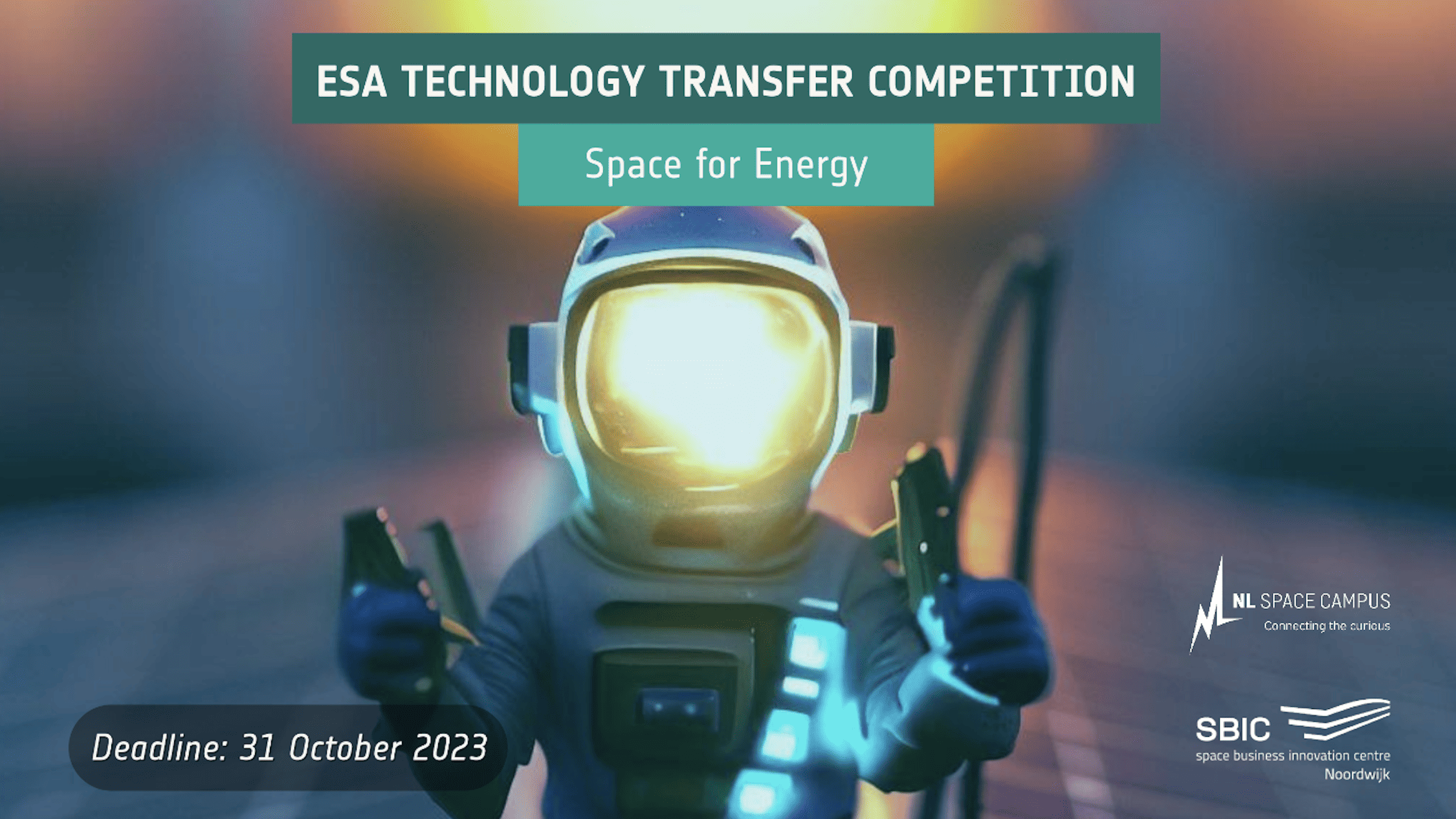
Dropping a measuring device out of space in freefall, collecting data and receiving the measuring device intact on earth – that was the plan of a transnational student team. And it was a success!
The Space Team of the Technical University Vienna is a student association that has repeatedly performed extensive space projects over the previous years – from the development of their own rocket to the launch of a mini-satellite. Most recently, the team was involved in a project with students from the University of Würzburg. The aim of this project was to gather meteorological data in higher atmospheric layers using easy and cost-effective measures. The height of seventy to eighty kilometers is particularly interesting because it is covered neither by satellites, nor by weather balloons. Weather balloons can rise to a maximum of thirty to forty kilometers and with satellites, this part of the atmosphere is difficult to capture.
Daedalus, as the project was called, aimed to prove that a parachute is not needed to safely land measuring devices on earth, that were dropped out of space in free fall.
INSPIRATION MAPLE SEED
The students gave the measuring device a shape, that was inspiration by a maple seed. It has two wings and slowly sinks in a rotational movement, to land gently on the ground. Long wings were used to slow down the fall of the tubular probe.
We wanted to offer an alternative for parachutes, explains project leader Clemens Riegler from the University of Würzburg. “Parachutes are very sensitive to temperature and tend to become brittle in space conditions.” Riegler names three serious reasons that speak for the maple seed principle:
Wings made from solid material are more or less insensitive and thus a very good alternative to a parachute.
Wings enable controllability, meaning one can determine the landing site, which is also possible, but complex with parachutes. Rotors can bring the landing speed close to zero and can thus enable a soft landing.
TEST IN SWEDEN
Originally the experiment was already supposed to begin one year ago but failed due to unforeseen problems with the German-Sweedish carrier-rocket. The probes were intended as part of the Rexus/Brexus, a cooperation of the German Aerospace Center with the Swedish National Space Board and the ESA. On the fourth of March 2019, the time had come: the Orion 5 rocket launched in an uninhabited area in Sweden and transported instruments to a height of seventy to eighty kilometers.
UNDAMAGED LANDING
The rocket rose for one hundred and thirty seconds, and the three probes were dropped off at a height of seventy-five kilometers, according to plan. The speed in free fall accelerated to eight hundred meters per second and was reduced after re-entry into the atmosphere. When landing, the speed was still at about twenty-five meters per second. Once arriving on earth, the probes reported their whereabouts with the help of satellite communication modules. They were located about three hundred and thirty kilometers from the launch pad and could be recovered by helicopter. The probes remained intact – except for a few wings, which were probably broken due to contact with trees while landing.
STABLE ROTATION MOVEMENT
The crucial question as to whether the maple-seed-style brake mechanism actually functioned correctly, was possible to answer using the evaluation of the sensor data, reports Christoph Fröhlich, President of the Space Team. The sinking speed and the rotational speed of the probes was recorded. According to the evaluation, the probes moved in a stable rotation, which slowed down their speed. A negative result would have shown that they fell like a stone to the ground or came down in an uncontrollable spin, says Fröhlich. The project has proven that the newly developed technology is suitable for atmospheric experiments. “In the future, we also want to carry out scientific experiments in the atmosphere”, says Fröhlich. A follow-up project is already planned.
DIVERSE APPLICATIONS
Besides collecting meteorological data, the innovation could in the future also be used to send smaller payloads (as for instance experiments or samples) back to earth from the International Space Station (ISS), explains Riegler. “This would replace the currently used Dragon Capsule or the Progress Freighter. Whereby you could also determine the landing site, and could for example land very precisely on ships, just as the SpaceX does. Moreover, the principles could be used to land payloads on other planets or moons with dense atmospheres”, says Riegler.








